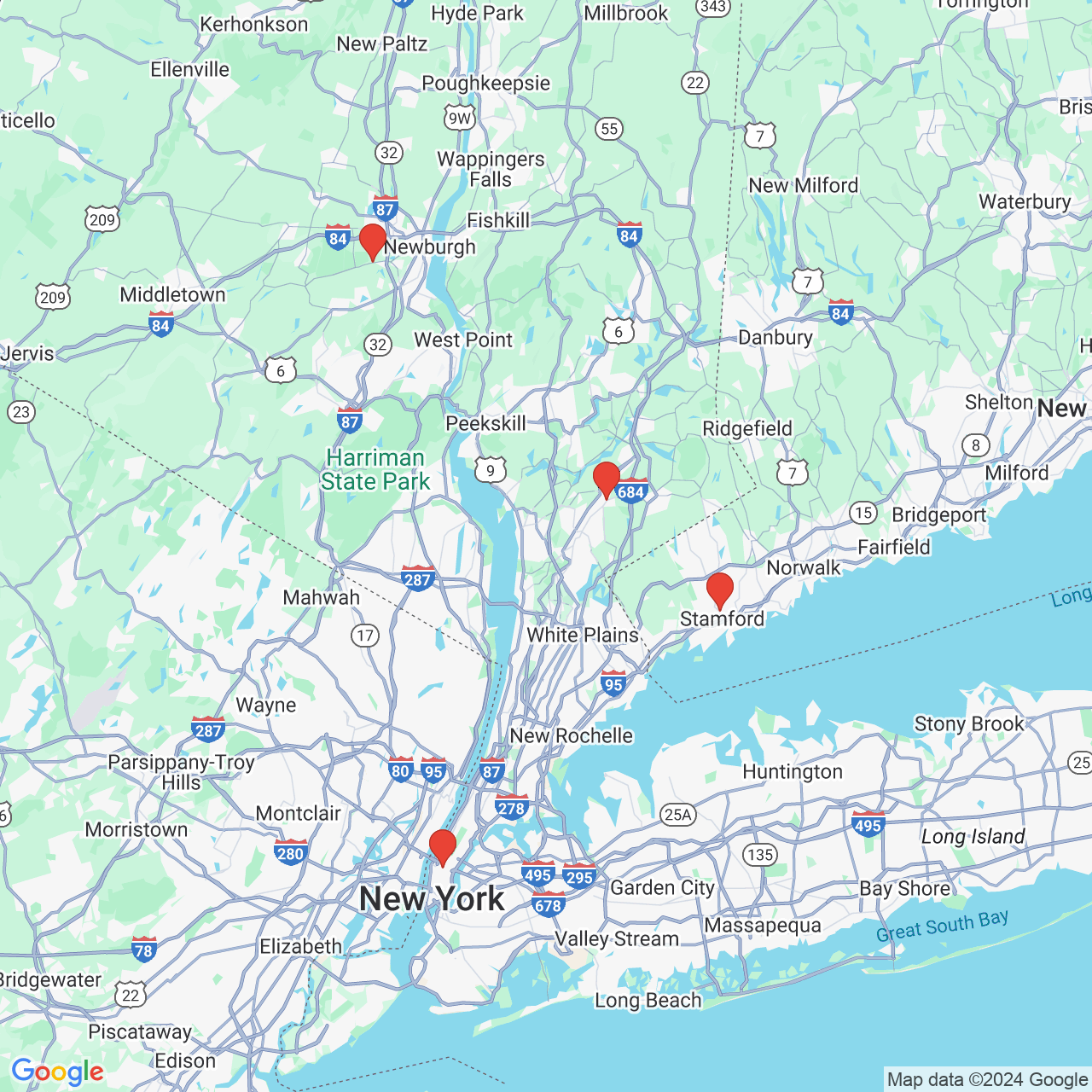SGAP (superior gluteal artery perforator) Flap
The buttock is an area of abundant fat deposition in most women. A breast can be created using the skin, fat, and small blood vessel branches that nourish this tissue from both the upper (SGAP flap) and lower (IGAP flap) buttock. The upper buttock tissue is usually nourished by branches from the superior gluteal artery. In contrast to the gluteus musculocutaneous flap, the gluteus muscles and muscle function are maintained with a SGAP flap breast reconstruction procedure.
Removal of excess skin and fat from the upper buttock can result in a buttock lift in women with an abundant amount of tissue. The scar resulting from a SGAP flap can usually be hidden under a bathing suit, but removing the upper buttock tissue can sometimes disturb the upper central fullness of the buttock. The upper central fullness of the buttock is considered the "aesthetic unit" of the buttock and an attempt should be made to preserve it if possible.
MRA images are used to identify the exact location of blood vessels branching from the superior gluteal artery. The advance knowledge of the blood vessel characteristics and location from the MRA can enable the SGAP flap to be positioned less centrally on the buttock by identifying large superior gluteal artery branches in the upper outer buttock. This frequently enables the SGAP flap design to be shifted to a more outward position to impact less on the aesthetic unit of the buttock.
